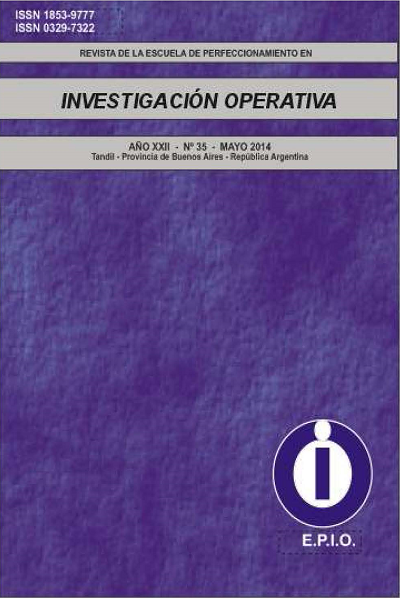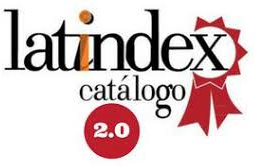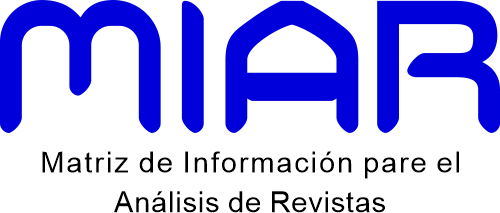Sistemas de colas con intermision de servicios y clientes sin tolerancia
Keywords:
systems, queues, breakdowns, intolerance, MM1, preemtive prioritiesAbstract
This paper provides mathematical models for quantitatively determining the typical variables of efficiency and the distribution of the steady-state probabilities for queueing systems with random breakdowns, wherein the customers present characteristics of intolerance. In particular, MM1 single server systems with infinite population and Markovian processes for both, clients and interruptions, are herein described through an analytical approach. These models further allow solving multiclass systems with preemptive priority operating under the same hypothesis of intolerance.
Downloads
References
BOLCH, G.; GREINER, S.; DE MEER, H.; TRIVEDI, K. S. (2006): “QUEUEING NETWORKS AND MARKOV CHAINS”. Editorial: John Wiley &
Sons, Inc., USA, 878 págs.
COBHAM, A. (1954): “PRIORITY ASSIGNMENT IN WAITING LINE PROBLEMS”, Editorial INFORMS, Journal of Operations Research, Vol. 2,
págs. 70-76.
EISEN, M.; TAINETER, M. (1963): “STOCHASTIC VARIATIONS IN QUEUEING PROCESSES”, Journal of Operations Research, Vol. 6, págs.
922-927.
GROSS, D.; HARRIS, C. M. (1988): “FUNDAMENTALS OF QUEUEING THEORY”. Editorial: John Wiley & Sons, Inc, USA, 439 págs.
MIRANDA, M. (2013): “TEORÍA DE COLAS”, 2ª edición. Editorial: EDUCA, Buenos Aires, 284 págs.
STEWART WILLIAM, J. (2009): “PROBABILITY, MARKOV CHAINS, QUEUES, AND SIMULATION”, Editorial: Princeton University Press, USA,
747 págs.
THIRUVENGADAM, K. (1962): “QUEUEING WITH BREAKDOWNS”. Editorial: INFORMS, Journal of Operations Research Vol. 11, págs. 62-71.
WHITE, H. C.; CHRISTIE, L.S. (1958): “QUEUEING WITH PREEMPTIVE PRIORITIES OR WITH BREACKDOWNS”. Editorial: INFORMS, Journal of
Operations Research Vol. 6, págs. 79-95.
Downloads
Published
Issue
Section
License
Atribución — Usted debe dar crédito de manera adecuada, brindar un enlace a la licencia, e indicar si se han realizado cambios. Puede hacerlo en cualquier forma razonable, pero no de forma tal que sugiera que usted o su uso tienen el apoyo de la licenciante.
NoComercial — Usted no puede hacer uso del material con propósitos comerciales.
CompartirIgual — Si remezcla, transforma o crea a partir del material, debe distribuir su contribución bajo la misma licencia del original.







